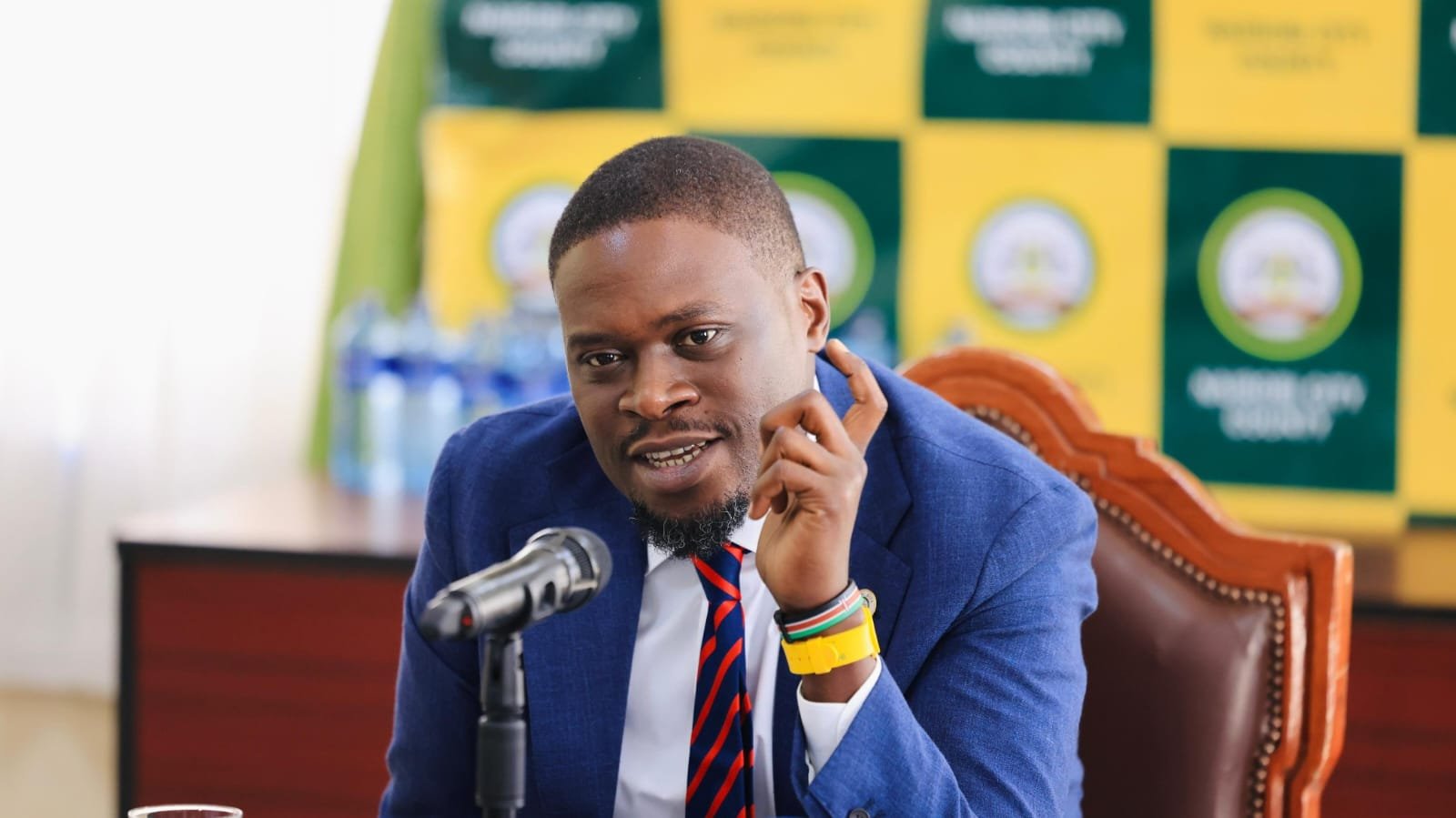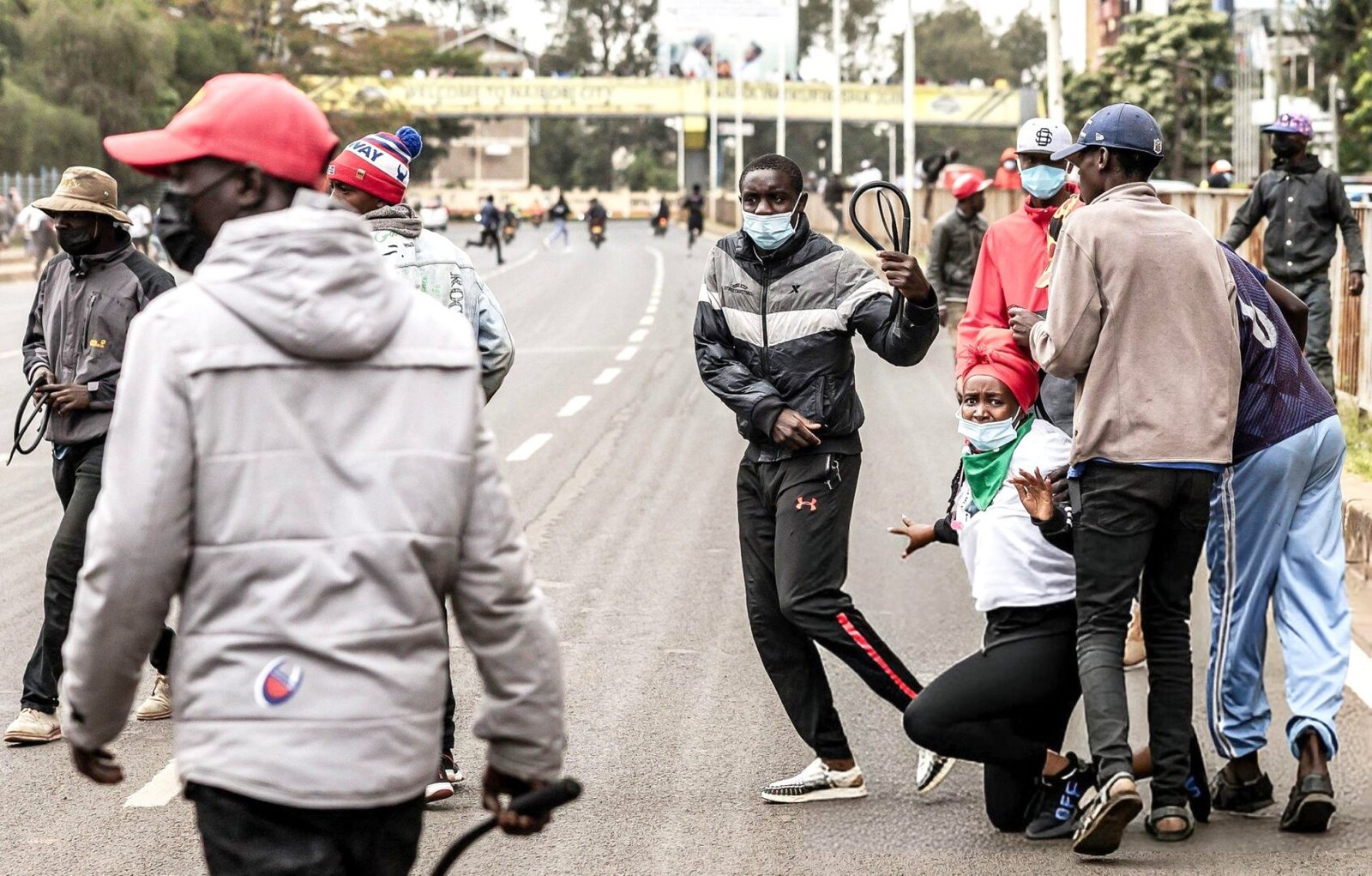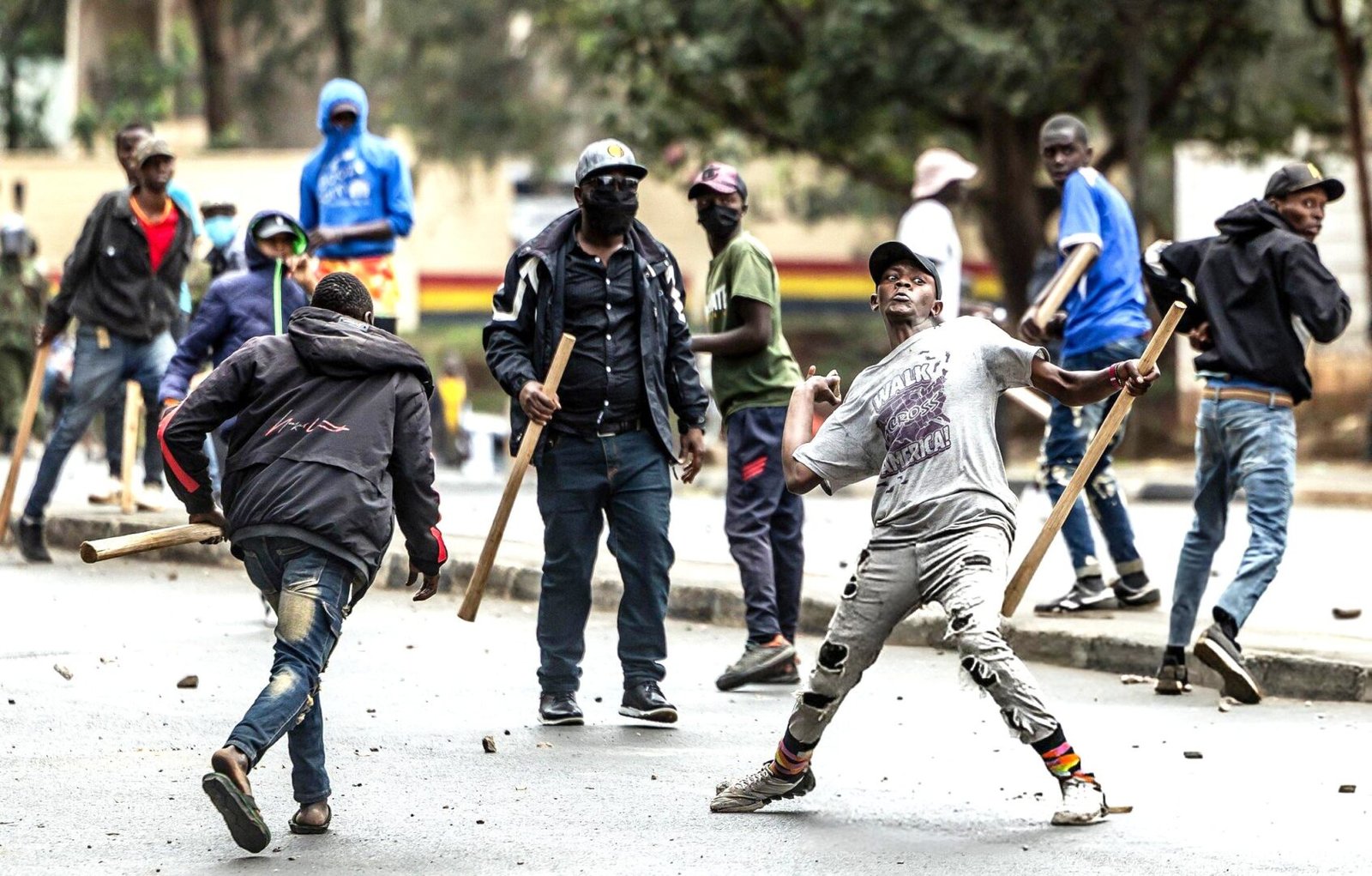NAIROBI, Kenya — Nairobi Governor Johnson Sakaja finds himself at the centre of a burgeoning controversy as a group of youths (Gen Z), now controversially dubbed ‘Goon Z’, claim they were recruited and subsequently left unpaid and injured after allegedly being used to disrupt peaceful protests in the Central Business District (CBD).
These allegations, stemming from recent demonstrations held to demand justice over the death of blogger Albert Ojwang’ in police custody and calling for the resignation of Deputy Inspector General (DIG) Eliud Lagat, cast a familiar and troubling shadow over Kenya’s political landscape, recalling a history where political objectives have been pursued through violent, hired elements.
Accounts from these ‘Goon Z’ youths, some of whom were found by our investigations team nursing head injuries and broken limbs, paint a vivid picture of the events.
Peaceful protesters, marching for accountability in Ojwang’s death, were reportedly met with violent disruption orchestrated by these goons, who were seen armed with jembe sticks. Crucially, these groups appeared to operate with what many observers described as a concerning degree of police protection, raising critical questions about their identity, their hirers, and the price paid for their services.
Despite police denials of any links to these hired gangs, and similar denials from Governor Sakaja, investigations by Vivid Voice News, which took journalists face-to-face with some of these individuals in areas spanning Kibera, Korogocho, and Dagoretti, revealed their grievances. Many complained of being short-changed, never having received the payments they were allegedly promised for sabotaging the protests.

Logistical details shared by some of these youths indicate specific briefing points, including a junction along Dennis Pritt Road and Green Park, where they received final instructions before embarking on their assigned missions.
A viral video further captured one such group walking outside City Hall, their visible presence adding to the public’s questions.
In the aftermath, some of these individuals have reportedly taken to social media to ask for forgiveness, while others are said to be upcountry, fearing for their own safety.
Watch video
So far, no arrests have been made in connection with the supply of weapons or the coordination of these disruptive activities, and new videos continue to echo a chilling message for protestors.
Governor Sakaja has, however, vehemently refuted these accusations, swiftly distancing himself and his administration from any involvement with such groups. He has condemned the instances of vandalism, looting, and destruction of property that marred sections of recent protests, attributing these criminal acts to elements allegedly brought into Nairobi from outside the city.
The Governor has consistently called upon the National Police Service to take decisive action against all individuals involved in lawlessness, emphasizing the paramount importance of upholding the rule of law and safeguarding the constitutional right to peaceful assembly without infringing upon the rights of other citizens.
Yet, these allegations, and the very emergence of the ‘Goon Z’ moniker, are not isolated incidents but rather resonate with a deeply entrenched and often deadly pattern in Kenyan politics.
The strategic deployment of hired muscle to intimidate opponents, disrupt rallies, or violently suppress dissent has been a recurring feature of the country’s electoral and protest cycles.
Perhaps the most harrowing illustration remains the 2007/08 Post-Election Violence (PEV), where organized criminal gangs and politically aligned vigilante groups played a significant role in the widespread chaos that ensued after disputed presidential elections.
Their actions contributed to the estimated 1,500 deaths and the displacement of hundreds of thousands, prompting international scrutiny and investigations by the International Criminal Court (ICC) into those allegedly bearing the greatest responsibility for the violence.
In subsequent electoral periods, and even outside of direct election campaigns, reports have continued to surface detailing the alleged use of such groups. Bodies like the National Cohesion and Integration Commission (NCIC) have consistently flagged regions as “hotspots” for unrest, often citing the re-emergence of criminal gangs susceptible to political manipulation.

More recently, 2023 saw attacks and looting of properties associated with prominent political figures, with media reports suggesting youths were recruited and compensated for their involvement.
Also Read: Nairobi police vow tight security ahead of June 25 Gen Z protest anniversary
Similarly, during the intense anti-Finance Bill protests of 2024, concerns were widely expressed by various political leaders and civil society groups that hired individuals had infiltrated otherwise peaceful demonstrations, leading to instances of looting, property destruction, and direct confrontation with apparent impunity.
Such consistent patterns fundamentally undermine the very fabric of democratic governance. They erode the constitutional right to peaceful assembly, instill fear among citizens, and, at their worst, lead to severe injuries and loss of life. The human cost, coupled with the erosion of public trust in democratic institutions, underscores the critical need for accountability.
As investigations into the current ‘Goon Z’ allegations against Governor Sakaja commence, and given the police’s denial of involvement, the imperative for thorough and transparent inquiries becomes paramount.
Ensuring robust accountability, not only for the individuals directly involved in violence but also for those who allegedly orchestrate and fund such actions, is crucial to breaking this dangerous pattern and upholding the integrity of Kenya’s democratic processes.

